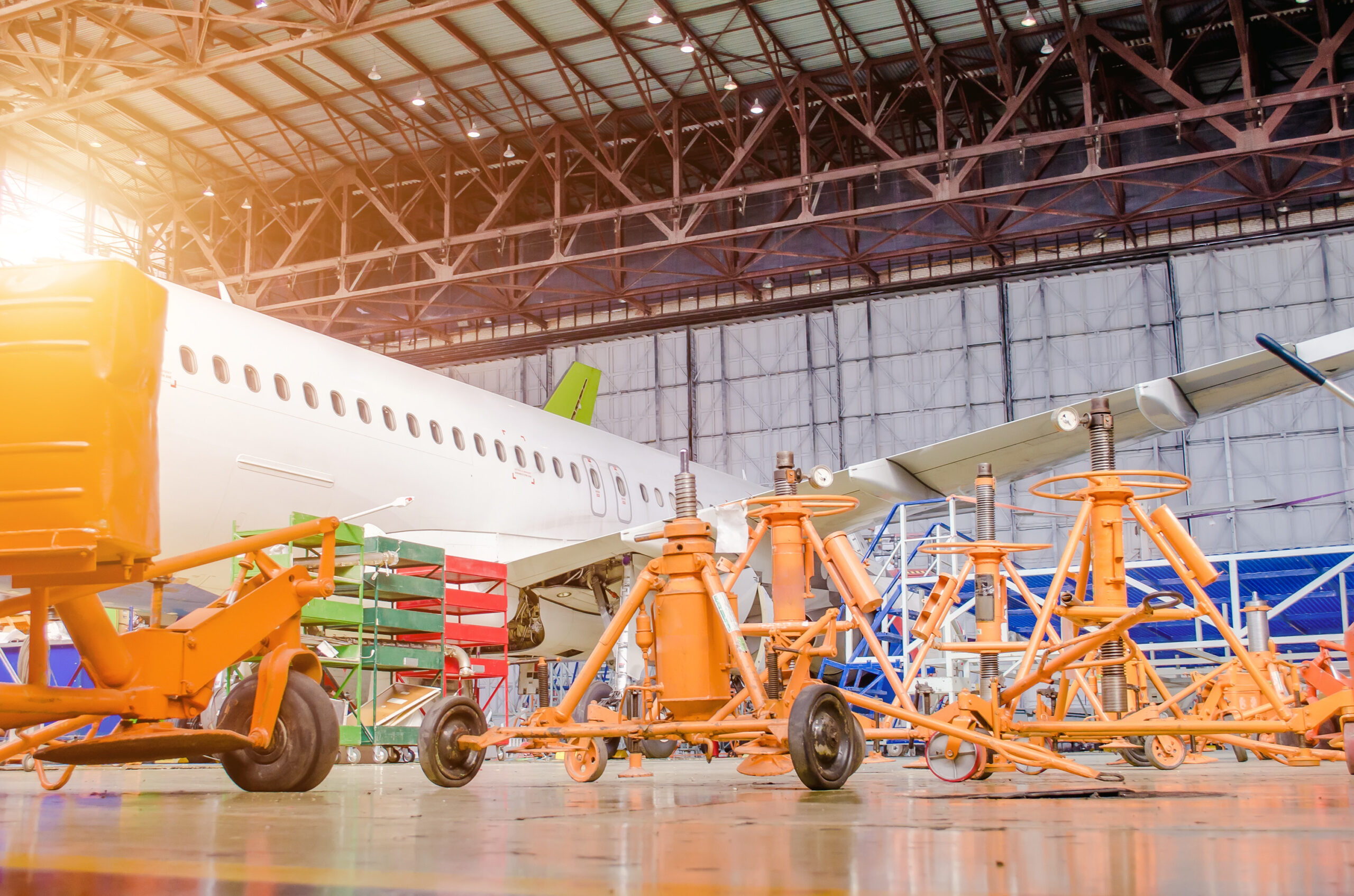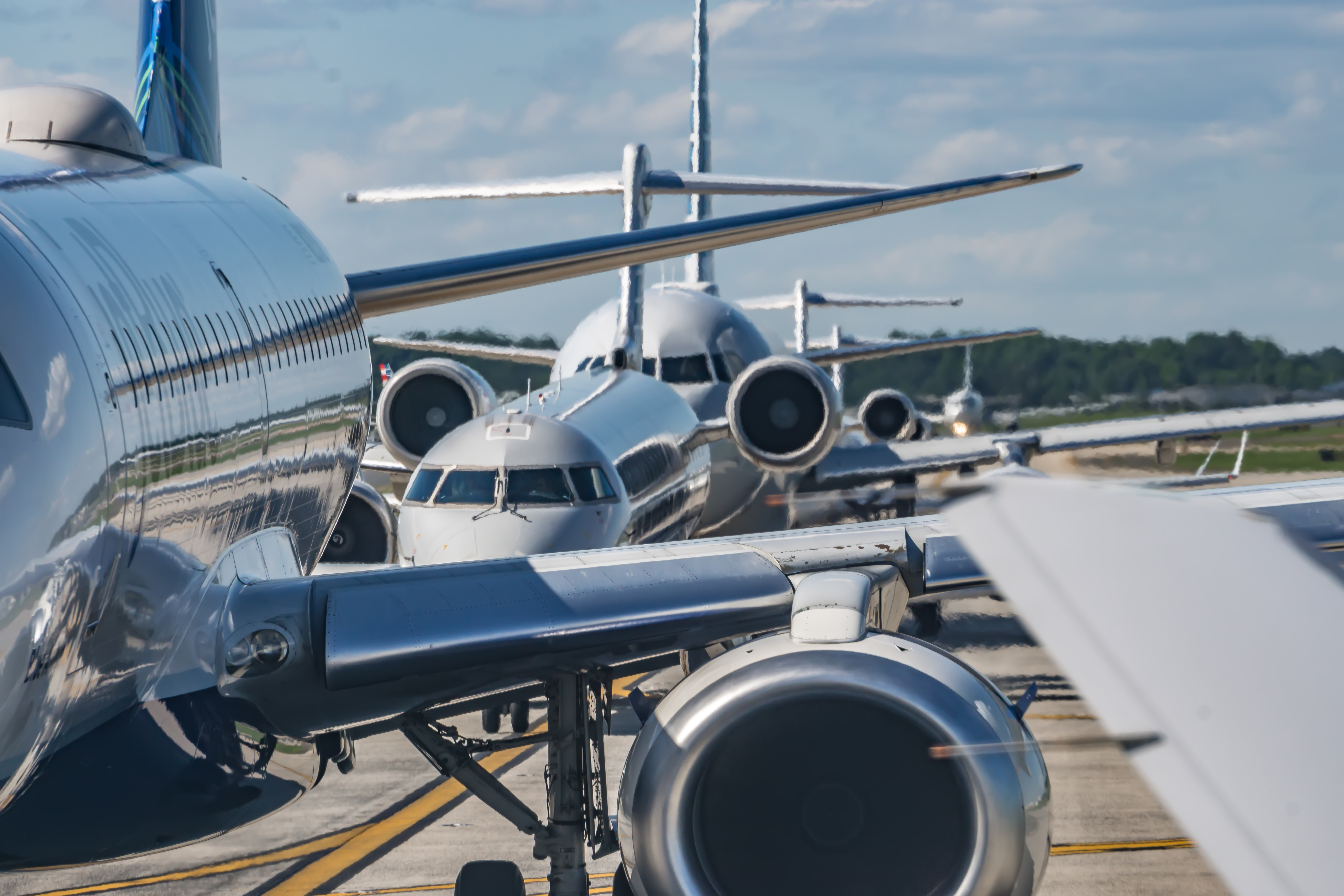The recent early retirement trend which has led to a large number of relatively young aircraft being torn down for parts has resulted in a considerable decrease of certain spare parts’ prices. That, in addition to the positive changes in the lease rates has resulted in significantly prolonged service-life of some types of aircraft. At the same time, the growing demand for wide-body jets accompanied by the on-going wave of fleet optimization has raised the demand for the spare parts of such popular models as Boeing B777, often selected to replace older and less cost-effective aircraft. However, as operators are not willing to part them out, is there a way to meet the newly rising demand?
The influence of the aftermarket services on today’s commercial aviation industry is undeniable. The data provided by ICF SH&E indicates that the spare parts market has grown by over $5 billion in 12 years’ time and now accounts for almost half of $56 billion worth MRO market. Of course, there are many factors that have contributed to such an impressive growth. First and foremost, there’s an on-going fleet renewal trend that has pushed many operators to dismantle their middle-aged aircraft. And then there’s the growing share of leased aircraft in operation to consider.
“When an aircraft is returned from lease, a lessor should always consider the benefits of leasing it to another operator versus the benefits of its teardown. Based on the fact that in ten years’ time almost half of the current generation of aircraft is expected to retire, in the last few years the teardown option has become increasingly popular, since it facilitates fleet renewal and enables companies to compete with OEMs in the spare parts market,” says Zilvinas Sadauskas, the CEO of Locatory.com. “However, the trend has definitely led to a surplus of some parts and, in turn, to increased levels of deflation.”
When an aircraft is returned from lease, a lessor should always consider the benefits of leasing it to another operator versus the benefits of its teardown
A few years ago when such relatively new aircraft types as Boeing 737NGs were parted out, their spare parts were worth more than the market value of the new ones. However, the situation today is different. The surplus of particular spare parts in the aftermarket and a positive shift in lease rates has dropped the value of certain spares by up to 70%. With warehouses filled with parts that have dropped in demand and are readily available, some players might be even faced with the inability to sell their inventories, not to mention anything about the ability to earn profits. But at the same time, while the demand for spare parts of a single aircraft type has dropped, the other market segments might be actually subject to the lack of offerings from the aftermarket players.
For example, replacing the remaining Boeing 747-400s has been the prime objective of Boeing for some time now. In the meantime, Airbus has been more successful in selling its A380s to 747-400 operators than Boeing has in selling its 747-8s. The latter has even begun buying its B747-400s back from the airlines which agree to order the new Boeing 747-8s. What is actually common in the industry today is that older B747s are being replaced by B777s. For instance, recently Air France has decided to refocus its cargo fleet consisting of B747 on its two Boeing 777Fs. Also, despite the fact that Boeing has shown active interest in selling more of its B747-8s to Lufthansa, the carrier seems to favour the forthcoming B777-9X instead.
“A search for cost-effective fleet solutions accompanied by the need to raise capacity has lead to an increased demand for wide-body aircraft. According to the recent Boeing forecast, the category of small and medium wide-body airplanes is the highest valued market segment. Moreover, in 20 years’ time almost 90% of the aircraft in the category will have been delivered past 2012,” shares the CEO of Locatory.com. “But although such a forecast implies a quite high retirement rate, the fact is that today such current generation airplanes like B777s are being used to replace the less efficient ones, such as B747s. Thus, paradoxically, although the demand for these aircraft raises the demand for their spare parts accordingly, it prevents lessors and operators from tearing them down. Apparently, the optimal solution will once again be found only by answering the question of profitability.”



